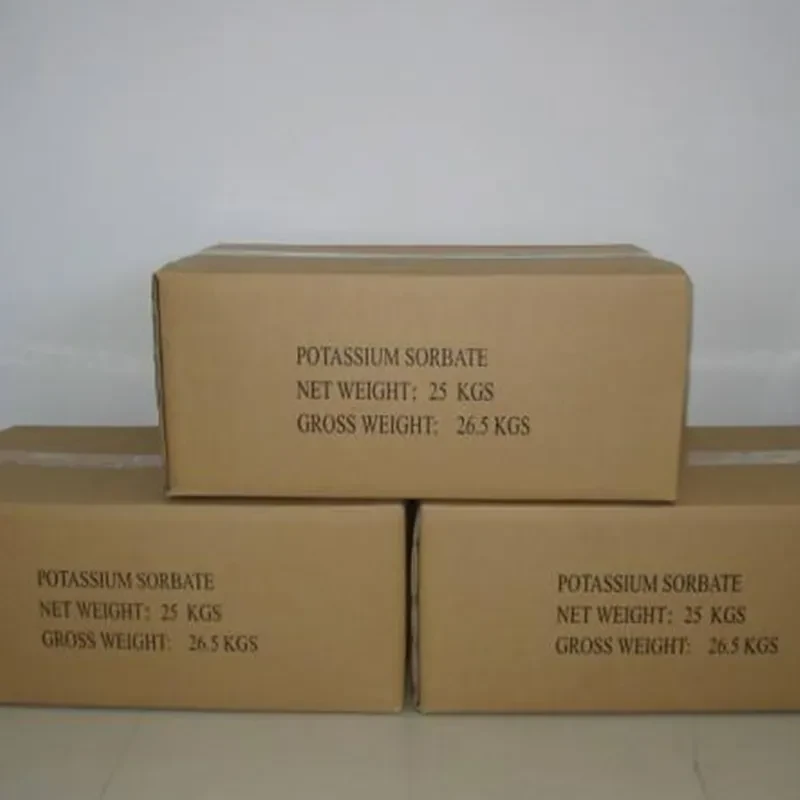
Understanding the Uses and Benefits of Sodium Acid Pyrophosphate in Various Industries
Understanding Sodium Acid Pyrophosphate Uses, Benefits, and Safety
Sodium acid pyrophosphate (SAPP) is a versatile chemical compound that functions as an important ingredient across various industries. As a salt of pyrophosphoric acid, its chemical formula is Na2H2P2O7, and it plays a crucial role primarily as a leavening agent in the food industry, but also finds applications in other fields such as construction, ceramics, and personal care products. This article delves into its uses, benefits, safety considerations, and the implications of its presence in consumer products.
Applications in the Food Industry
Sodium acid pyrophosphate is primarily recognized for its role in the food industry, where it functions as a leavening agent. It is commonly used in baked goods, particularly in conjunction with baking soda. When SAPP is added to a recipe, it reacts with alkaline components to produce carbon dioxide gas, which helps dough rise and achieve a light, airy texture. This makes it a popular ingredient in products such as pancakes, waffles, and various types of breads.
In addition to its leavening capabilities, SAPP is also used as a stabilizer and emulsifier. For instance, it helps maintain the texture of foods and prevents the separation of ingredients in processed cheese and sauces. Furthermore, it is utilized as a pH control agent in some food products, ensuring that the final product maintains optimal taste and quality.
Benefits of Sodium Acid Pyrophosphate
One of the primary benefits of sodium acid pyrophosphate is its ability to enhance the quality of baked goods. By providing a reliable source of carbon dioxide, it helps achieve the desired volume and texture without the introduction of additional flavors or colors. Additionally, its stabilizing properties help prolong the shelf life of many processed foods, making it a valuable ingredient for manufacturers.
sodium acid pyrophosphate

In non-food applications, SAPP is revered for its ability to enhance the strength and durability of materials. In construction, it is used as a setting retarder for cement, allowing for better workability and reduced cracking during the curing process. In ceramics, it aids in the dispersion of clay, resulting in improved product quality and finish.
Safety and Regulatory Guidelines
Sodium acid pyrophosphate is generally recognized as safe (GRAS) by regulatory agencies such as the U.S. Food and Drug Administration (FDA) when used within recommended limits. However, like any food additive, it is crucial for consumers and manufacturers to adhere to defined safety standards to prevent any adverse reactions.
While SAPP is considered non-toxic and safe for human consumption, individuals with certain dietary restrictions, such as those requiring low-sodium diets, should be mindful of its presence in food products. It is always advisable for consumers to read labels and be informed of the ingredients used in their food.
Conclusion
Sodium acid pyrophosphate is a multifunctional compound that plays a significant role in various industries, especially in food production. Its effectiveness as a leavening agent, stabilizer, and emulsifier contributes to enhanced food quality and consumer satisfaction. While it is generally safe for consumption, being aware of its applications and potential dietary implications is essential for consumers. For manufacturers, understanding the benefits of SAPP can lead to improved product formulation and innovation. As science continues to advance, the versatility and utility of sodium acid pyrophosphate will likely play a prominent role in future developments across multiple sectors.
-
Comprehensive Guide to Acetic Acid as Preservative: Benefits, Uses & Future TrendsNewsNov.24,2025
-
What Is a Food Additive? Global Insights, Applications & Future TrendsNewsNov.24,2025
-
968 Sweetener: The Modern Solution for Health-Conscious SweeteningNewsNov.23,2025
-
Discover the Benefits and Uses of 965 Sweetener (Erythritol) | Tenger ChemicalNewsNov.23,2025
-
961 Sweetener - A Next-Gen Sugar Alternative for Health and IndustryNewsNov.23,2025
-
Understanding 960 Sweetener: The Modern Sugar Alternative for Health and IndustryNewsNov.22,2025
-
Everything You Need to Know About 955 950 Sweeteners – Benefits, Uses, and TrendsNewsNov.22,2025
Hebei Tenger Chemical Technology Co., Ltd. focuses on the chemical industry and is committed to the export service of chemical raw materials.
-

view more DiethanolisopropanolamineIn the ever-growing field of chemical solutions, diethanolisopropanolamine (DEIPA) stands out as a versatile and important compound. Due to its unique chemical structure and properties, DEIPA is of interest to various industries including construction, personal care, and agriculture. -

view more TriisopropanolamineTriisopropanolamine (TIPA) alkanol amine substance, is a kind of alcohol amine compound with amino and alcohol hydroxyl, and because of its molecules contains both amino and hydroxyl. -

view more Tetramethyl Thiuram DisulfideTetramethyl thiuram disulfide, also known as TMTD, is a white to light-yellow powder with a distinct sulfur-like odor. It is soluble in organic solvents such as benzene, acetone, and ethyl acetate, making it highly versatile for use in different formulations. TMTD is known for its excellent vulcanization acceleration properties, which makes it a key ingredient in the production of rubber products. Additionally, it acts as an effective fungicide and bactericide, making it valuable in agricultural applications. Its high purity and stability ensure consistent performance, making it a preferred choice for manufacturers across various industries.





